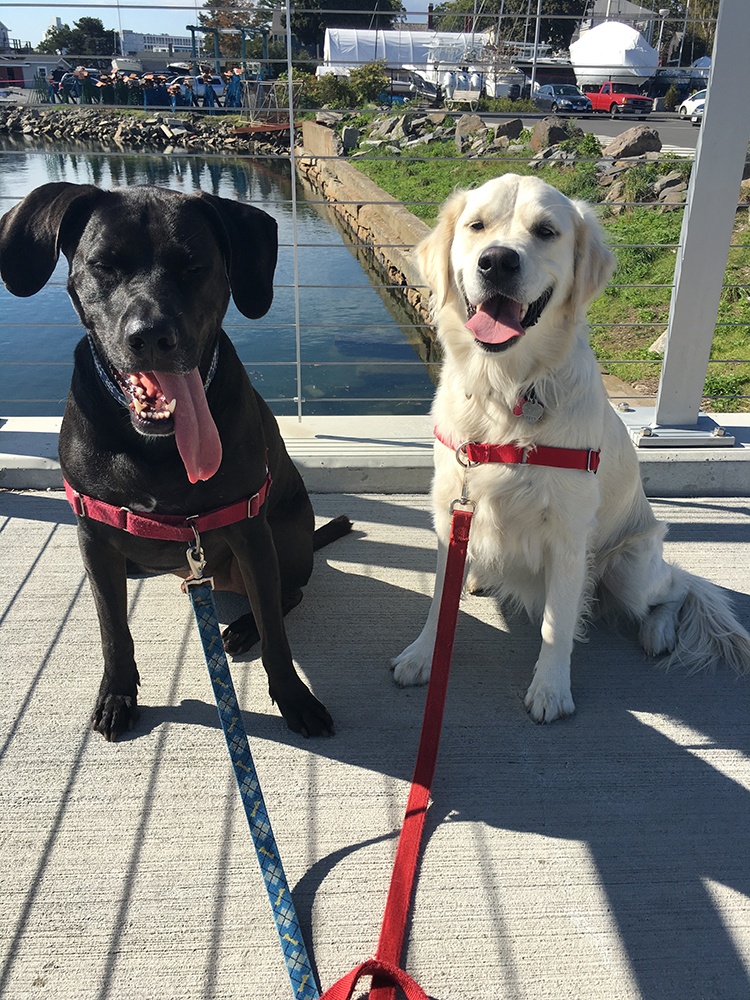How many times have we heard, “Just let them work it out” or, “It’s just dogs being dogs”? How much validity is there in those statements? When is enough enough? The truth, as usual, lies somewhere in between. Yes, dogs will use their own language to signal emotions to each other, and we want them to practice those skills appropriately, but, inevitably, there are circumstances where we need to interrupt, intervene, and advocate for our pets.
Practice makes perfect right? Well, what if your pet is constantly practicing being a bully when they play, should we let the dogs be dogs, while your dog gets better and better at attacking? Probably not; step in, advocate, and reward for a better way of playing. What if your pet is practicing fleeing from another dog that is chasing them? Do we let them work it out until one learns how to tackle and the other learns how to defend themselves? Not so much; we step in and intervene, advocate for our pet, and reward for a more appropriate way of playing.
It is important that dogs are given the opportunity to express themselves during social engagements of course. This is one of the main ways they learn bite inhibition as puppies, proper play invitations, difference behaviors and what they mean, play tactics, and in general how they learn to be a dog by mimicking their peers. But, when they don’t seem to be picking up on other dogs cues, and repetitively displaying inappropriate social advances, or if their cues are being ignored by another dog that is engaging in inappropriate social advances, its time to step in.
When we don’t advocate, we risk 2 major things: 1, we risk having the inappropriate dog that is practicing inappropriate behavior get better and better at what ever behavior that is, making it harder and harder to extinguish. Now imagine the risk if that behavior is jumping at faces, stalking, tackling, and attacking vital areas etc.. And 2, you risk the dog that is consistently having language being ignored, extinguishing that language to a point where they react aggressively, “out of nowhere”. If they growl five times, but keep getting jumped on, or their toy is still taken, the growl goes away and turns into a bite because the growl didn’t work. Once that happens, getting the dog to once again choose a growl instead of a bite is very improbable.
Both of those risks end up with vet bills.
Interrupting and advocating can take on many looks depending on the situation, but I go by a general rule of thumb: Interrupt gently and often, and before I think I need to.
When interrupting, Ideally, I’d say “leave it” or “enough” if the dog is trained with those commands, that’s great! If not, I may just body block a dog from having its eyes on something, make a sound to distract like a kissing noise, whistle, a clap, a foot stomp, pick up the leash and lead the dog away, wag a toy or stick, bounce a ball, pet, praise or soothe the dog, or maybe clap my hands and run the other way!! who knows, Again, the way we distract and interrupt will change depending on what you are distracting them from, but gently, often and before I need to so the dogs are more often than not practicing appropriate social behaviors with little breaks, instead of waiting to react to something inappropriate.


